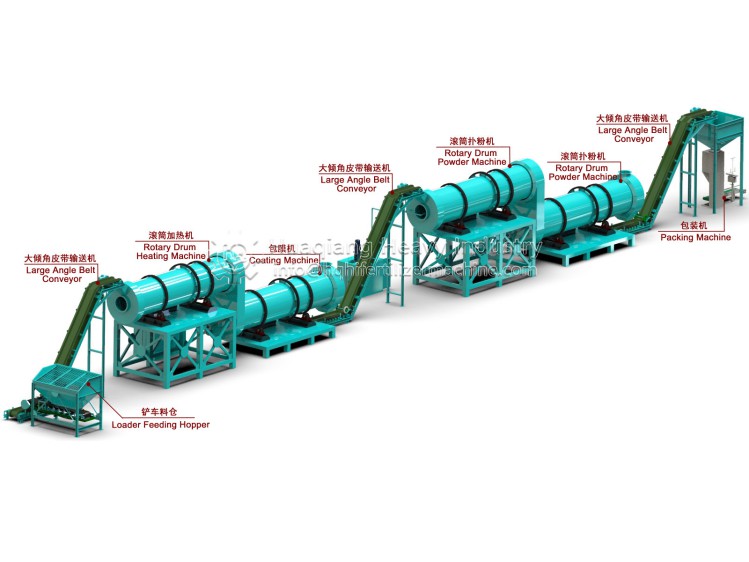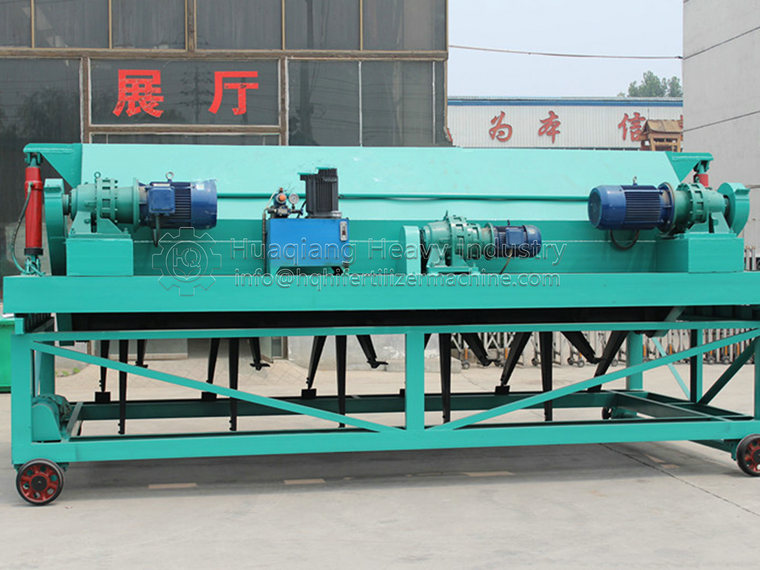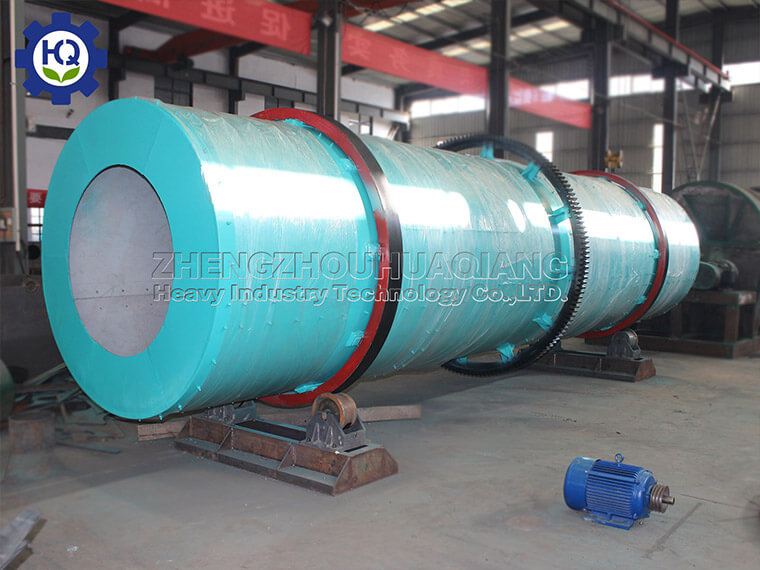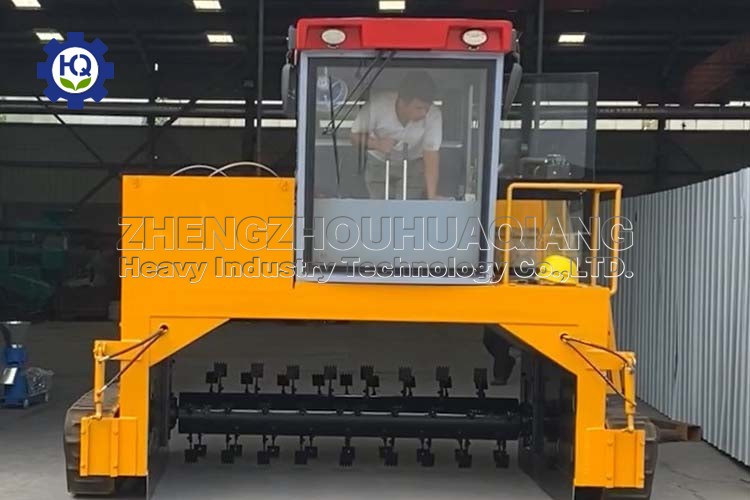The organic fertilizer production line converts cow manure into organic fertilizer, which not only effectively manages and recycles farm waste, but also creates a valuable byproduct for agricultural use or sale. Here is a basic production method and related investment budget overview:.jpg)
Overview of Production Methods
Raw material collection: Collect fresh or dry cow manure as the basic raw material.
Pre treatment: Perform solid-liquid separation. If the humidity of cow manure is too high, it needs to be dried.
Mixing raw materials: Mix cow manure with auxiliary materials (such as straw and rice husk) in appropriate proportions and adjust the C/N ratio.
Composting fermentation: Aerobic fermentation is carried out under suitable conditions, during which the compost is regularly turned over to increase oxygen and promote microbial decomposition of organic matter.
Drying: After fermentation, the material needs to be dried to a suitable moisture content.
Screening and crushing: Remove large chunks that have not been decomposed, making the material delicate and uniform.
Granulation: Using an organic fertilizer granulation mechanism to produce easy-to-use granular fertilizers.
Packaging and Storage: Packaging finished products for sale or direct application to farmland.
Investment Budget Analysis
Infrastructure: Construction of composting areas, warehouses, and other facilities, with costs estimated based on land leasing or construction costs.
Equipment investment: Purchase costs for solid-liquid separators, fermentation devices, crushers, granulators, packaging machines, and other equipment.
According to the brand, model, and degree of automation of different devices, the total investment ranges from tens of thousands to millions of yuan.
Operating costs: Daily operating expenses such as electricity consumption, labor wages, and maintenance.
Auxiliary materials: The cost of purchasing consumables such as straw and packaging materials.
Environmental compliance: Possible investments may also include environmental measures such as sewage treatment and exhaust gas treatment to ensure that the production process complies with local regulatory requirements.
summary
The total investment amount is influenced by multiple factors, such as production scale, automation level, geographical location, etc. Small organic fertilizer production lines may require tens of thousands of yuan to start, while large-scale industrial production lines may reach millions or even more. Therefore, before planning a project, it is necessary to conduct detailed market research, develop a reasonable business plan, and seek professional financial advice to ensure the feasibility of the project.





.jpg)
.jpg)
